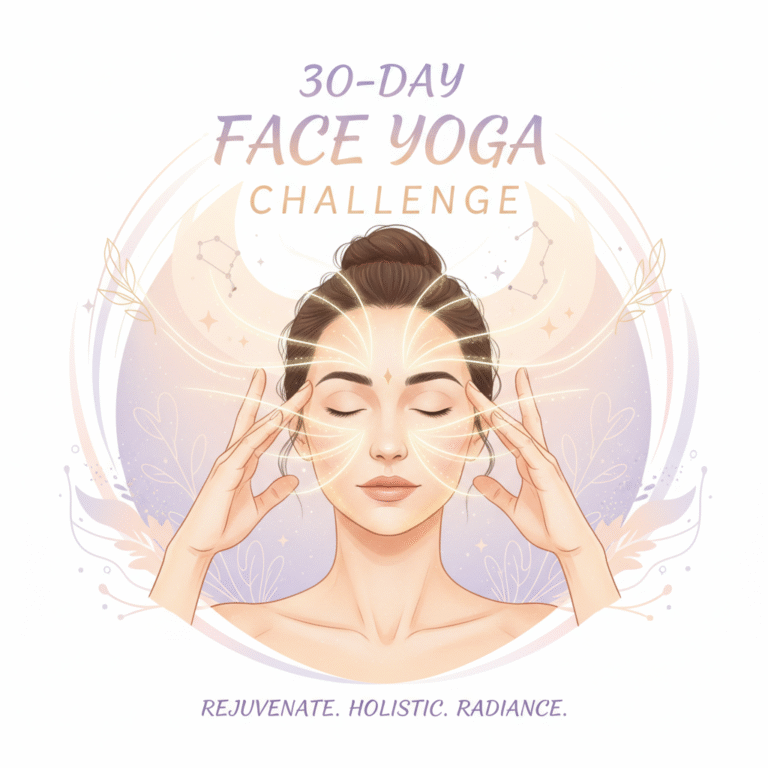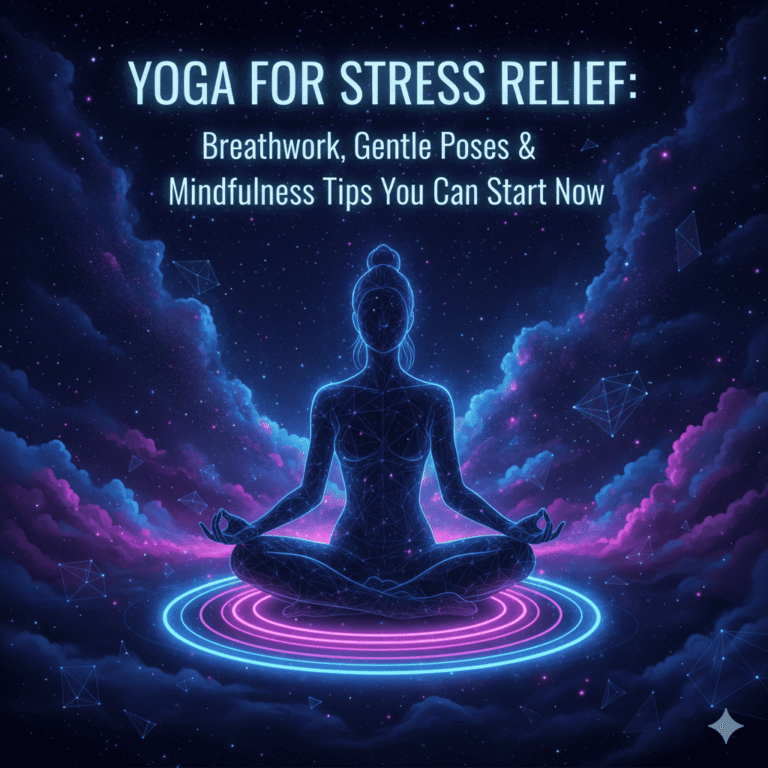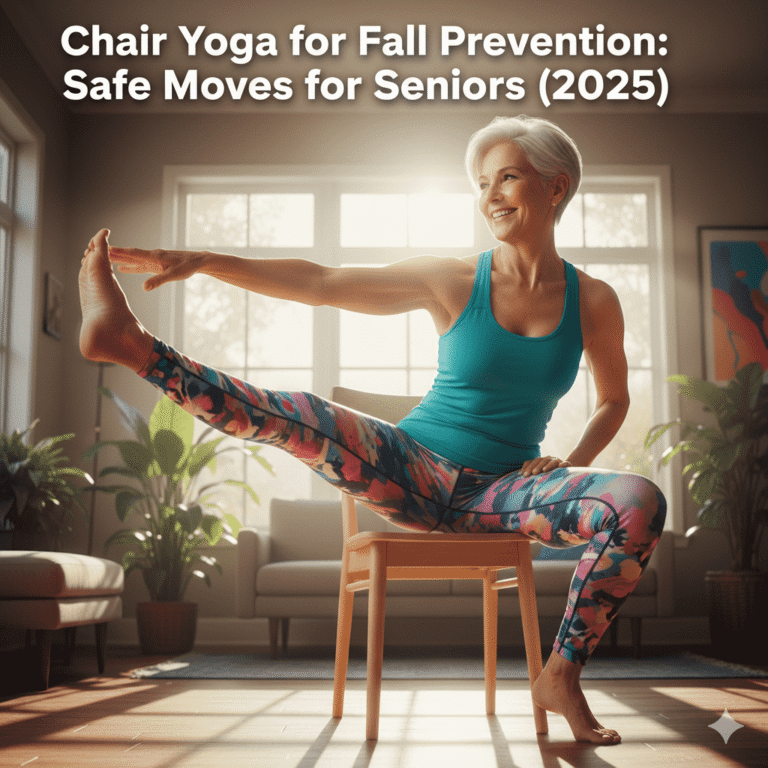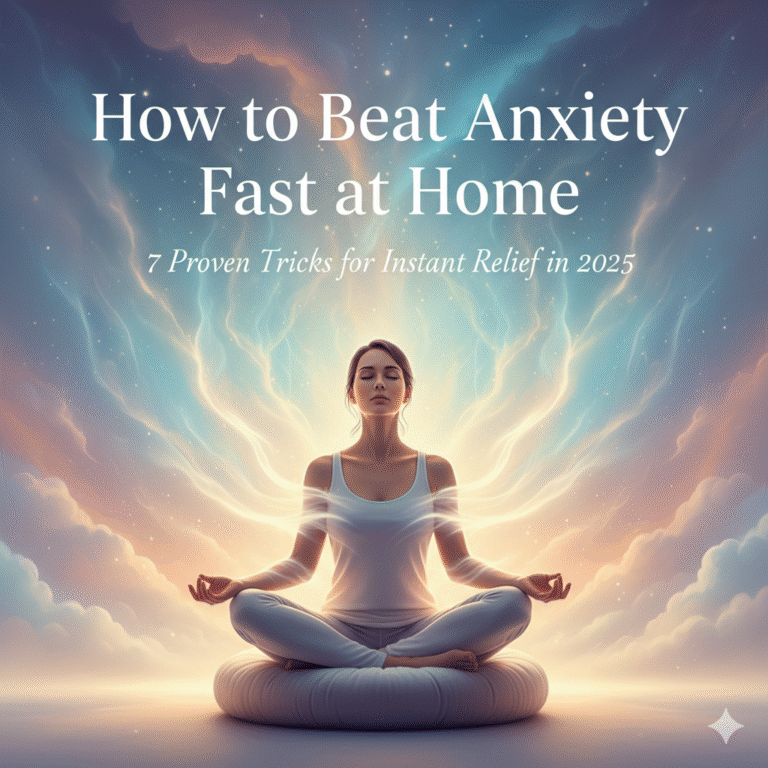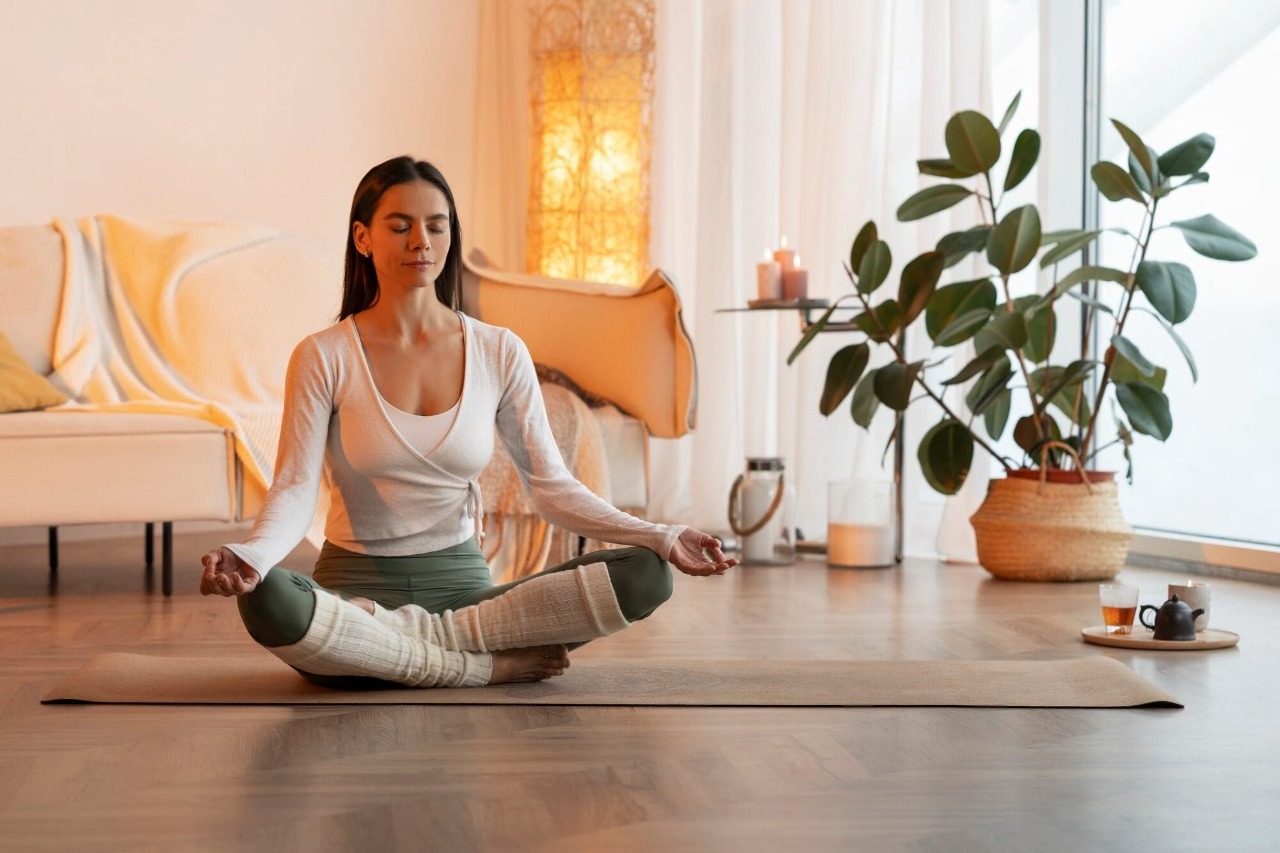
Starting your yoga journey can be exciting yet confusing. With so many yoga styles available, it’s easy to feel overwhelmed and unsure about where to begin. If you’re asking yourself, “What type of yoga is best for a beginner?”, you’re not alone. The truth is, choosing the right yoga style can greatly influence your experience and how likely you are to stick with it. Each yoga form offers unique benefits, but not all of them are beginner-friendly. This article is your complete guide to understanding which yoga types are safe, effective, and enjoyable for those just starting out.
🧘♀️ Understanding the Need for a Beginner-Friendly Approach
Yoga isn’t just about bending into pretzel-like shapes or following complex routines—it’s about building a connection between your mind and body. For beginners, this connection starts with awareness, patience, and a style that suits your current fitness level. If your first class is too advanced or intense, it may leave you discouraged or even lead to injury. On the other hand, the right class can help you ease into the practice, build confidence, and create a sustainable routine. That’s why selecting the right style from day one is more than just a preference—it’s a strategy for long-term success.
✅ 5 Signs You’ve Found the Right Beginner Yoga Style
- You feel comfortable and not overwhelmed in class.
- The teacher provides clear, step-by-step instructions.
- You can modify poses without feeling judged.
- You leave the class feeling better—physically and mentally.
- You’re excited to come back for the next session.
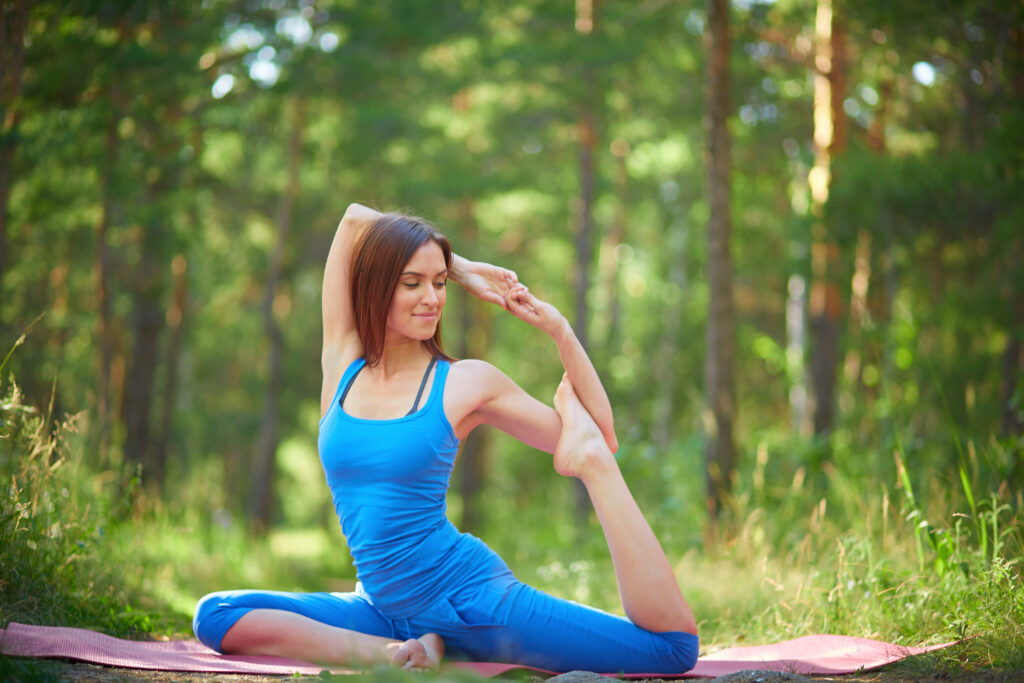
🧘 Exploring the Best Yoga Styles for Beginners
One of the most recommended yoga styles for beginners is Hatha yoga. This style is slow-paced and focuses on teaching foundational poses and proper breathing. It’s an ideal entry point because it emphasizes form over flow, allowing you to build confidence without the pressure of keeping up with fast movements. Hatha is available in almost every yoga studio and is often marketed directly toward newcomers, making it easy to find classes that match your comfort level.
Another excellent choice is Restorative yoga, which is particularly useful if your primary goal is stress relief or healing. Restorative yoga uses props such as blankets, bolsters, and blocks to support your body in each pose. You’ll stay in each position for an extended time—often five to ten minutes—allowing both your body and mind to deeply relax. This type of yoga is less about flexibility or fitness and more about recovery and mental well-being, making it highly accessible to anyone, regardless of physical condition.
Yin yoga is another slower practice that involves holding poses for longer periods, typically targeting the body’s connective tissues. Although Yin can be intense in its stillness, it doesn’t require any previous experience with yoga. For beginners who want to improve flexibility and experience meditative focus, Yin yoga is a solid option. It’s quiet, internal, and promotes deep physical and mental awareness.
If you’re someone who prefers movement and wants to break a light sweat, Vinyasa yoga for beginners could be a suitable choice. While some Vinyasa classes are fast-paced and intense, many studios offer beginner-level sessions that teach flow-style yoga slowly and with modifications. These classes help you learn to coordinate breath with movement, which is one of the core elements of yoga. It also supports cardiovascular health and can tone your muscles over time.
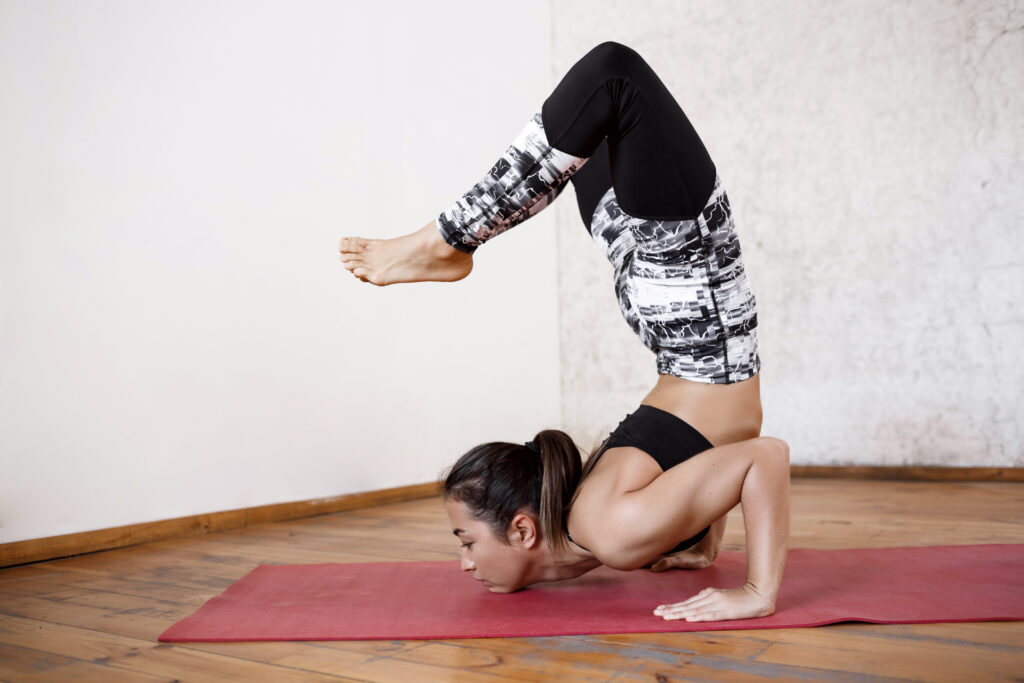
For those who need special attention to alignment, Iyengar yoga offers a meticulous approach that’s particularly helpful for beginners with injuries or posture concerns. This style uses many props to ensure each pose is performed correctly, minimizing the risk of strain. Iyengar is structured, slower-paced, and ideal for students who want to build a solid, anatomically safe foundation before progressing to more dynamic practices.
📊 Comparison Table: Beginner-Friendly Yoga Styles
| Yoga Style | Pace | Focus | Best For | Equipment Needed |
|---|---|---|---|---|
| Hatha Yoga | Slow | Foundational poses & breathing | Absolute beginners | Optional |
| Restorative Yoga | Very Slow | Deep relaxation & healing | Stress relief, recovery | Props required |
| Yin Yoga | Slow | Flexibility, connective tissues | Deep stretch & mindfulness | Props recommended |
| Vinyasa Yoga | Moderate | Breath-linked flow | Fitness-focused beginners | Optional |
| Iyengar Yoga | Slow | Alignment, posture, precision | Injury recovery, body awareness | Props essential |
❗Yoga Styles Beginners Should Avoid (Initially)
While styles like Ashtanga, Hot Yoga, and Power Yoga are popular, they are not usually recommended for complete beginners. These practices demand a certain level of endurance, flexibility, and stamina that can be overwhelming if you’re new to yoga. Ashtanga yoga, for example, follows a fixed series of postures that move at a fast pace. It’s intense and physically demanding. Power Yoga, inspired by Ashtanga, focuses heavily on strength and endurance, often resembling a workout more than a meditative practice. Hot Yoga, practiced in high temperatures, can pose risks of dehydration or overheating for those not acclimated. While these styles have their benefits, it’s safer to explore them after building a basic foundation through gentler forms.
🔍 Choosing the Right Yoga Style Based on Your Goals
Your personal goals should guide your decision. If you’re dealing with anxiety or insomnia, Restorative yoga can help regulate your nervous system. If your aim is to improve posture or address back pain, Iyengar yoga focuses heavily on alignment and body mechanics. Those wanting to build flexibility may gravitate toward Yin yoga, while people looking for energy, movement, and light cardio can begin with beginner-level Vinyasa yoga. Remember, there’s no “best” style for everyone—it depends on what your body and mind need at the moment.
🧘 Starting Your Practice: What Beginners Should Keep in Mind
As you begin your yoga journey, it’s essential to approach it with an open mind and zero expectations. Don’t worry if you can’t touch your toes or hold a pose for long—progress in yoga comes through consistency, not perfection. Try to attend two to three sessions per week and give your body time to adapt. Always listen to your body; discomfort is normal in growth, but pain is a signal to stop. Consider practicing under the guidance of a certified instructor, either in-person or through beginner-friendly online platforms like Yoga with Adriene or DoYogaWithMe. Having a reliable teacher can make a big difference in helping you build correct form and avoid injury.
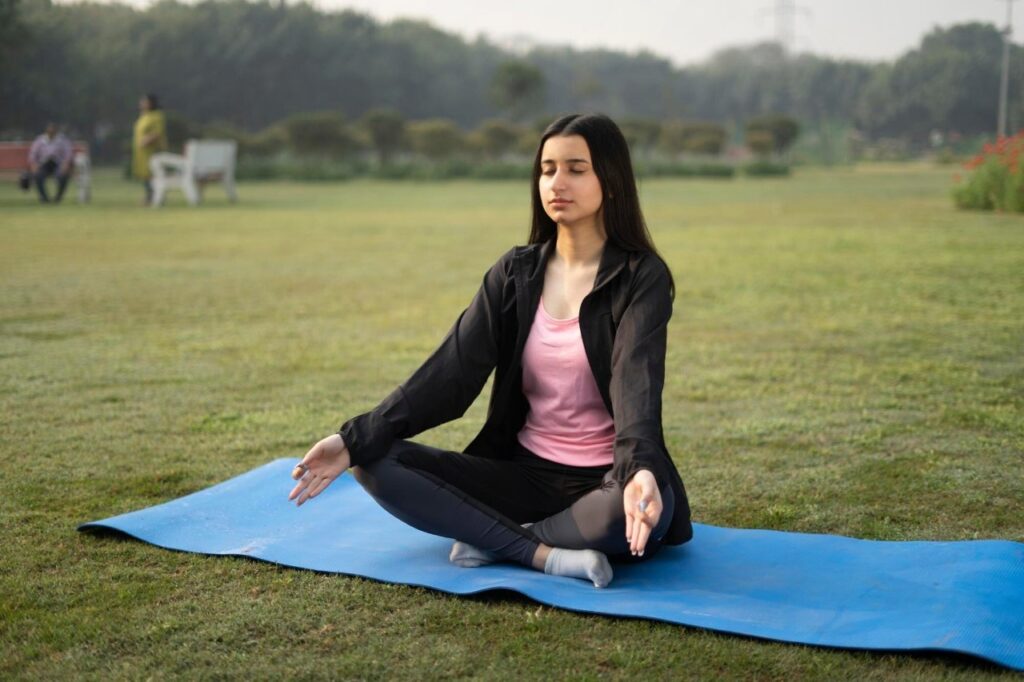
🧘 Final Thoughts
So, what type of yoga is best for a beginner? If you’re seeking stress relief and deep rest, start with Restorative yoga. For a classic, all-around introduction to yoga, Hatha is ideal. If your body craves stretching and stillness, try Yin yoga. If you’re relatively active and want a more energetic session, beginner-friendly Vinyasa is a good entry point. And if you’re recovering from injury or want to learn alignment and body awareness, Iyengar yoga offers the support you need. There’s no wrong choice—just the right match for your current needs. Start where you are, use what you have, and do what you can. Your yoga journey begins with a single breath.
Can I start yoga if I’m not flexible?
Absolutely! Yoga is designed to improve flexibility over time. Beginners don’t need to be flexible to start — regular practice will help you become more flexible and stronger.
How often should beginners practice yoga?
For noticeable benefits, practicing yoga 2-3 times per week is ideal. Consistency matters more than duration, so start slow and build a routine you can stick to.
Do I need any special equipment to start yoga?
No special equipment is necessary to begin. A yoga mat is recommended for comfort and stability, and some styles like Restorative or Iyengar may use props like blocks or straps, but beginners can start without any extras.
Is yoga good for stress relief and mental health?
Yes! Yoga combines physical movement with mindful breathing and meditation, which helps reduce stress, anxiety, and improve overall mental well-being.

